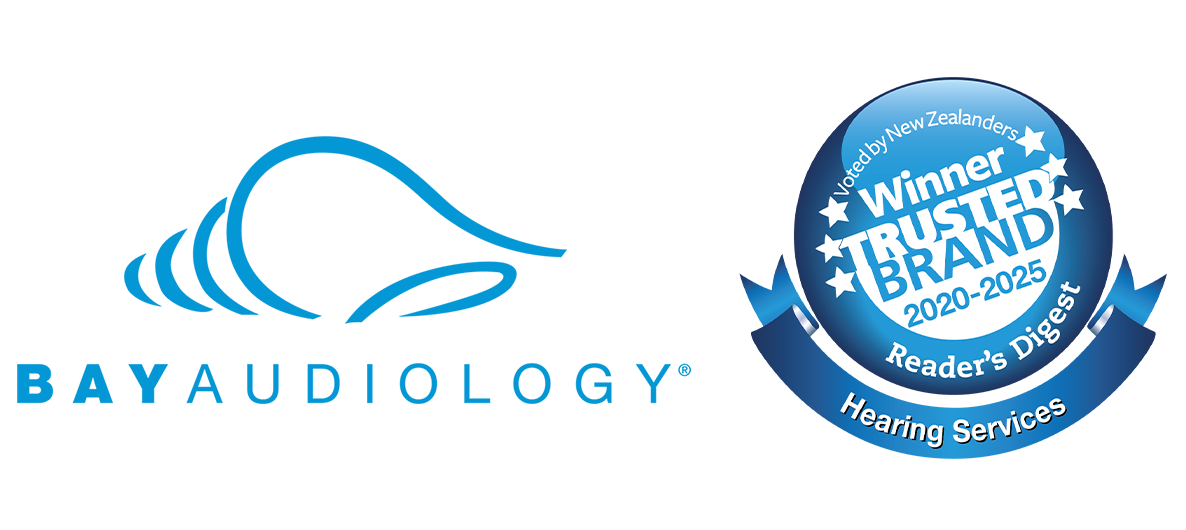
If you wear hearing aids, you’ll know how important it is to keep them functioning at their best. Whether you're new to hearing aids or just need a refresher, our hearing aid maintenance checklist has plenty of tips to keep your hearing aids clean, comfortable and in top working condition.
Cleaning your hearing aids is vital. Earwax and other debris in your hearing aid can reduce the clarity of high-frequency sounds, causing them to sound muffled or distorted. In addition, not cleaning earwax from your hearing aids can cause long-term damage to the device, leading to potentially costly repairs or replacements – making cleaning an important step in your hearing aid maintenance checklist.
Removing earwax from your hearing aid is as simple as using a tissue or soft cleaning cloth to wipe them clean. You can also use a small, soft brush or ear pick to remove any wax. We suggest doing this in the morning before putting them on, as soft wax may be drier and come off more easily.
Gently brush the outside of your hearing aid, including microphone ports and buttons, and brush any debris from the battery casing. If your hearing aids have become particularly dirty, wipe the outside with a non-alcohol sanitising wipe. Some hearing aids feature a wax filter – ask your audiologist to show you how to change the filter at home.
There are different types of hearing aids. If your hearing aid has an earmold, checking and cleaning this regularly is a vital step in your hearing aid maintenance checklist. As well as earwax, dust, lint and other debris can block the opening of the earmold, muffling sound. Check the opening every morning and keep it as clear as possible.
Your Bay Audiology specialist will explain how to clean a hearing aid earmold when you get your hearing aid, and it’s simple. Detach the earmold and use a tissue or soft cleaning cloth to wipe them clean, or use the brush in your hearing aid cleaning kit to gently dislodge any debris.
Cleaning your hearing aid domes daily is essential. The audiologist who fits your hearing aids should explain how to clean hearing aid domes, which is a simple process. Always clean your hearing aid ear domes facing downwards, and use the soft brush in your hearing aid cleaning kit to gently swipe up under the dome, so the loosened wax falls out. You can also use non-alcohol wipes to clean any excess wax. Clean and inspect your domes daily.
If your hearing aid is weak or there is no sound, this may be due to a build-up of earwax or debris in the receiver tube, causing a blockage. The bend where the tubing goes into the earmold is particularly prone to moisture build-up. If you spot moisture in the tubing, pull it off the ear hook and use a puffer to gently blow air through the tubing. If you notice holes or splits in the tubes, or if they are twisted or distorted, contact Bay Audiology to arrange repair or replacement, as this can affect the sound.
Another crucial step on your hearing aid maintenance checklist is correct storage. Always take your hearing aids out before bed and store them in a cool, dry place when not in use. A dry storage container or specially designed hearing aid dehumidifier is ideal. Keep them inside the hearing aid case they came in, and always put them in the same place, so you know where they are.
To help prolong the battery life, turn off or disconnect the battery when not in use and leave the battery compartment open to help prevent moisture.
Hearing aid batteries can last up to around three or four weeks, depending on the type of device and size of the battery. Many hearing aids will deliver a ‘low battery’ beep or notification to let you know when it’s time for a replacement, but if the sound is becoming distorted or you’re finding you need to increase the volume on your hearing aid more than usual, this can be a sign your battery may need replacing, too. Luckily, this is easy and inexpensive.
Even with the very best at-home care and maintenance, hearing aids will likely eventually need replacing due to normal wear and tear. Most hearing aids will last between four to six years, but if your hearing aids don’t seem to be functioning as well as they used to and you’ve checked they are clean, undamaged and free from moisture, it might be time for a replacement, particularly if the cost of repair and new parts will be more than a new device.
Now you know how to check for earwax and moisture, how to clean a hearing aid earmold, how to clean hearing aid domes, how to properly store your hearing aids and when it’s time to get a replacement, you’re in the best position to keep your device functioning in optimum condition for as long as possible. Need more information on hearing aid maintenance? Find a Bay Audiology clinic near you and speak to one of our specialists today.